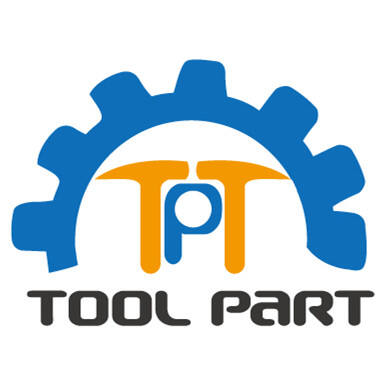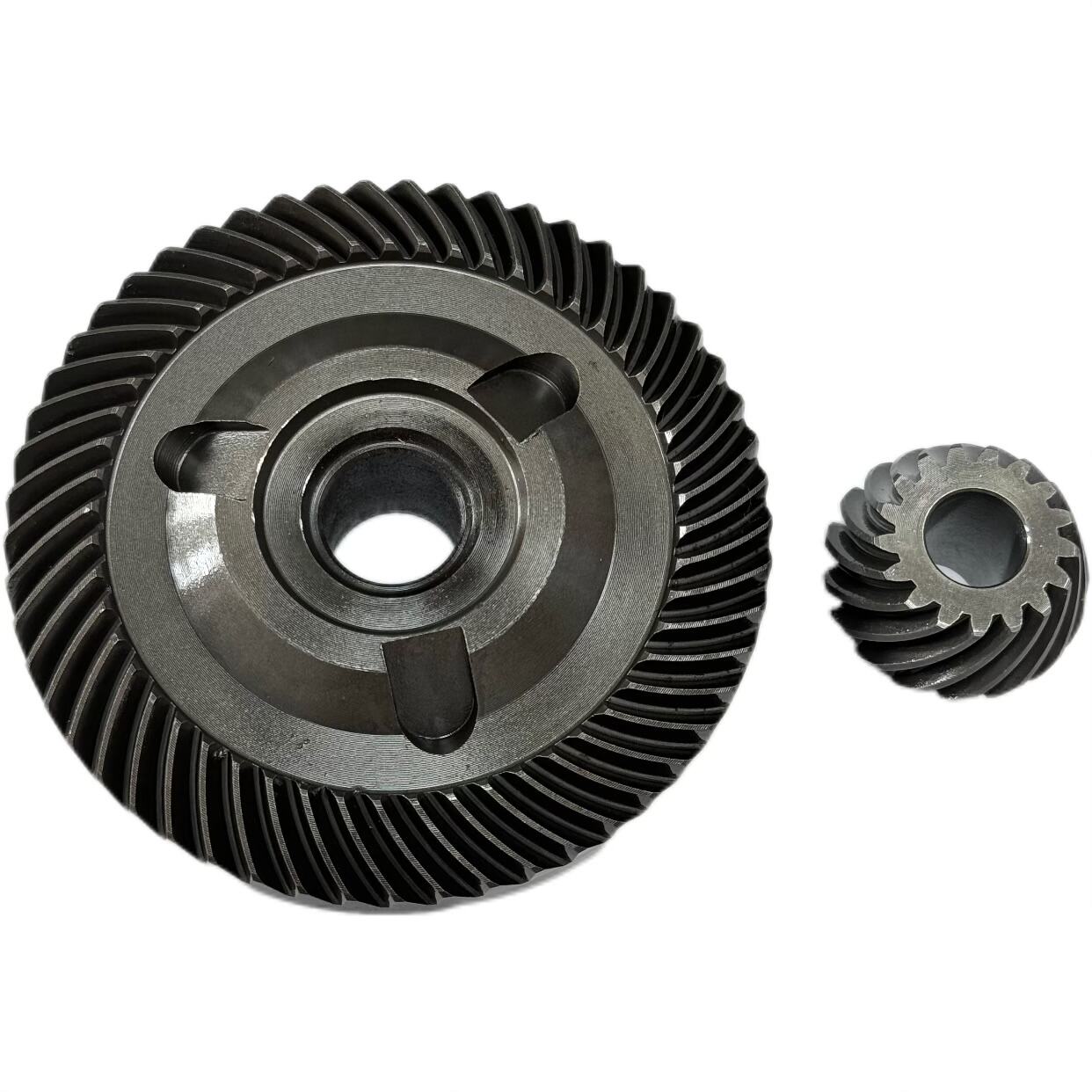הכרת חומרים מתקדמים לייצור גלגילים
ייצור גלגלי שיניים מייצג מרכיב קריטי בהנדסת מכונות, כאשר בחירת החומרים ממלאת תפקיד מרכזי בקביעת ביצועים, עמידות וחסכון בעלות. החל מתיבות הילוכים לרכב ועד למכונות תעשייתיות, גלגלי שיניים משמשים כעמוד השדרה של מערכות העברת כוח מכניות. בחירת החומרים המשמשים בייצורם משפיעה ישירות על אורך החיים של גלגלי השיניים, כושר הנשיאה שלהם ויעילות המערכת הכוללת.
ייצור גלגילים מתקדם השתנה באופן ניכר, תוך שילוב של חומרים מתקדמים וتقنيות ייצור המשפרות את ביצועי הגלגיל תוך עמידה בדרישות תעשייניות קשות יותר. מהנדסים ויצרנים נדרשים לשקול בקפידה גורמים כגון התנגדות לבלאי, יחס חוזק-למשקל ותכונות תרמיות בעת בחירת החומרים לגלגילי הגלגלים.
Сплавי מתכת בייצור גלגילים
פליז פחמן ופליזי סגסוגת
פליז פחמני נשאר אחד מהחומרים הנפוצים ביותר לייצור גלגלי שיניים, ומציע איזון אידיאלי בין חוזק, קשיחות ויעילות ביחס למחיר. פליזים עם פחמן נמוך משמשים בדרך כלל ליישומים פחות קשורים, בעוד שפליזים עם פחמן בינוני וعליו מציגים חוזק ועמידות גבוהה יותר בפני בלאי, אשר נחוצים לייצור גלגלי שיניים כבדים.
פליזים מותכים, ובפרט אלו המכילים כרומיום, ניקל ומוליבדן, מציגים תכונות ביצועים מתקדמות. חומרים אלו מציגים יכולת עיבוד מצוינת ועמידות בפני בלאי, מה שהופך אותם לאידיאליים ליישומים עם מאמץ גבוה. לדוגמה, פליזים מותכים מסוג AISI 4140 ו-4340 מזוהים לרוב עבור גלגלי שיניים מתקדמים בתעשייה האוטומобильית והאווירית.
סוגי פליז אל חלד
שיניים ממתכת אל-חלודה מתאימות לשימוש בסביבות קורוזיביות שבהן שיניים רגילות עשויות להיכשל. פלדות אל-חלודות מרטנזיטיות, כמו 440C ו-17-4 PH, משלבות התנגדות excepcיונלית לקורוזיה יחד עם חוזק וקשיחות גבוהים. תכונות אלו הופכות אותן לבחירה מועדפת ליישומים ימיים ולצורך בעיבוד מזון.
פלדות אל-חלודות אוסטניטיות מציגות התנגדות excepcיונלית לקורוזיה אך בדרך כלל מצריכות טיפולים להגבירת קשיחות לפני השימוש בהן ליישומים של שיניים. התכונה הלא-מגנטית שלהן עשויה להיות יתרון ביישומים מיוחדים מסוימים.
חומרים לא-ברזל מתקדמים
חלקי פליז וארגז
Сплави бронзи, зокрема фосфориста бронза і алюмінієва бронза, широко використовуються в зубчастих колесах, де стійкість до корозії та низьке тертя мають першорядне значення. Ці матеріали мають виняткові антифрикційні властивості й можуть ефективно працювати з мінімальним змащуванням. Їхні самозмащувальні характеристики роблять їх ідеальними для застосування в умовах, де доступ для обслуговування обмежений.
Зубчасті колеса з латуні використовуються в менш вимогливих умовах експлуатації, забезпечуючи гарну оброблюваність і стійкість до корозії за нижчою вартістю порівняно з бронзою. Однак їхня нижча міцність у порівнянні зі сталлю обмежує їх використання в застосунках із високим навантаженням.
Інновації з алюмінію та титану
Алюмінієві сплави набирають популярності в легких конструкціях зубчастих коліс, особливо в авіаційній та високошвидкісній промисловості. Сучасні алюмінієві зубчасті колеса, якщо їх правильно спроектовано й оброблено, можуть забезпечити значну економію ваги з одночасним збереженням прийнятної міцності й стійкості до зношення.
Сплавים של טיטניום מייצגים את הطرف הגבוה בمواد גלילים, ומציעים יחס יוצא דופן בין חוזק למשקל וכן עמידות בפני קורוזיה. למרות שמחירם הגבוה מגביל את נפוצותם, גלילי גלגלים מטיטניום הם בעלי ערך בלתי יתכן בתעשייה האווירית ובשימושים ביצועיים גבוהים בהם הפחתת משקל היא קריטית.
פסלים מהנדסיים וחומרים מרוכבים
פולימרים ביצועיים
פסלים מהנדסיים מתקדמים כמו ניילון, אצטל ו-PEEK (פוליאתר אתר קטון) מביאים מהפכה לייצור גלילי גלגלים. חומרים אלו מציעים יתרונות ייחודיים, בהם הפחתת רעש, עמידות כימית ופעולה ללא שימון. המשקל הנמוך והעלויות הנמוכות לייצור שלהם הופכות אותם למשיכה לשימושים מסחריים רבים.
פולימרים מוגזים, הכוללים סיבי זכוכית או פחמן, מספקים חוזק מוגזם ויציבות ממדית. חומרים מרוכבים אלו יכולים להתקרב לביצועים של גלילים מתכתיים בapplications מסוימות, תוך שמירה על היתרונות של מבנה פלסטי.
פיתוחי חומרים מרוכבים
קומפוזיטים סיבי פחמן וחומרים היברידיים מייצגים את קצה החנית בטכנולוגיית גלגיל. חומרים אלו משלבים עוצמה יוצאת דופן עם משקל על-קל, אם כי יישומם מוגבל כרגע על ידי עלויות ייצור גבוהות ותהליכי ייצור מורכבים.
פיתוחים אחרונים בקומפוזיטים ננו וקומפוזיטים עם מטריקס מתכתי מציגים פוטנציאל ליישומים עתידיים בגלגלים, ועשויים להציע שילובים חסרי תקדים של חוזק, משקל ועמידות בלשחית.
עיבודים שטحيים וקליפות
תהליכי עיבוד חום
עיבודים לחיזוק פני השטח כמו ספיח פחמן, ניטרידציה והרחקה על ידי השראה ממלאים תפקידים חשובים בהעצמת ביצועי גלגילים. תהליכים אלו יוצרים שטחים קשיחים ועמידים בפני שחיקה, תוך שמירה על חומרים גבישיים יותר בלב הפנימי, ומשפרים את ביצועי הגלגיל תחת עומסים כבדים.
שיטות טיפול תרמי מודרניות מאפשרות שליטה מדויקת בעומק הקליפה וע_profiles_ של קשיות, ומאפשרות לייצרנים להתאים את תכונות הגלגיל לדרישות היישום הספציפיות.
טכנטנולוגיות Coatning מתקדמות
שכבת ציפוי באדים פיזיקלית (PVD) ובהפרשה כימית של אדים (CVD) מייצגות טכנולוגיות מתקדמות לשיפור פני השטח של גלגלי שיניים. שכבת ציפוי דקיקות אלו יכולות לשפר משמעותית את התנגדות הבلى ולצמצם החיכוך, ולהאריך את חיי השירות של גלגילים בתנאי פעולה קשים.
שכבת פחמן דמוי יהלום (DLC) ושיטות נוספות לטיפול מתקדם בפני השטח ממשיכות להשתנות, ופותחות אפשרויות חדשות לשיפור ביצועים ועמידות של גלגילים.
שאלות נפוצות
מהו החומר העמיד ביותר עבור גלגלי שיניים?
פליזי פחמן עם פני שטח מקשה בדרך כלל מציעים את ה.Persistence הגבוהה ביותר עבור גלגלי שיניים ביישומים כבדי משימה. חומרים כמו AISI 4340 או 8620, כאשר הם עוברים עיבוד תרמי נכון, מספקים שילוב אידיאלי בין קשיות פני השטח לעקימות ליב.
האם גלגלי שיניים פלסטיים יכולים להחליף גלגילים מתכתיים?
בעוד פלסטיק הנדסי יכול להחליף גלגלי שיניים ממתכת בapplications מסוימות, במיוחד כאשר דגש על הפחתת רעש ותנגדות כימית, הוא בדרך כלל אינו יכול להתאים את נטל העומס ולקבל את קשיחות של גלגלי שיניים ממתכת בסביבות עם מתח גבוה.
איך תנאי הסביבה משפיעים על בחירת חומר הגלגל?
גורמים סביבתיים כגון טמפרטורה, לחות וחשיפה לכימיקלים משפיעים באופן ניכר על בחירת החומרים. לדוגמה, פליזי נירוסטה או פולימרים מיוחדים עשויים להיות נחוצים בסביבות קורוזיביות, בעוד יישומים בטמפרטורות גבוהות עשויים לדרוש פליזי פלדה מיוחדים או חומרים קרמיים מתקדמים.

